We have seen Gundlach's Hawk here in the park before and I've seen wonderful photos of them taken here at this location so it wasn't a great surprise when one flashed across between the trees. It landed out of view and sat calling in a tree on the other side of the river so rather than disturb it further we left it and walked on back to the vehicle.
|
After a twenty minute wait this morning the boat took us back across the lake to where Raul was waiting with the vehicle and we set off for Cienfuegos Botanic Garden. When we were last here in March 2017 it had been very dry but we had been interested to find lots of Cardiospermum halicacabum, the foodplant of Silver-banded Hairstreak Chlorostrymon simaethis. We hadn't seen the adults then and I wasn't very optimistic this time due to the high water levels and sure enough the area where the plant had been growing was completely submerged. In fact we only saw one small plant so it will be interesting to see if the butterfly survives here. We quickly saw White Peacock Anartia jatrophae and Doug found a larva of Caribbean Ruby-eye Perichares philetes on a bamboo leaf, which is possibly a previously unknown foodplant.. And these two anoles I'm pretty sure are Anolis sagrei although I didn't have the benefit of seeing the colour of the dewlap. When we were here in March 2017 we watched a large flock of Yellow-faced Grassquits and Scaly-breasted Munias feeding on the seeds of this bamboo. I had read previously that bamboos only flower once and then die and sure enough it had indeed died. Cuban Calisto Calisto herophile is the commonest and most widespread of the Calisto species. Looking at the photos I took of this individual makes me think I seriously missed a trick here as it looks to me as if it is a female laying. The weather was largely overcast and so there were not many butterflies flying and no sign of Canna Skipper Calpodes ethlius although it does occur here as Doug found some small larval shelters on a Canna sp leaf. There were also several Red-mantled Dragonlet Erythrodiplax fervida. We have now seen three of the five species of Erythrodiplax that are known from Cuba and have been sent pictures of a fourth. The fifth might be rather more difficult to find. It is the Bromeliad Dragonlet Erythrodiplax bromeliicola which is known also from Jamaica. As the name suggests they are known to breed only in bromeliads. The only two photos that I can find on the internet are of females taken on Jamaica. It seems to have been found at only four sites in Cuba so far - so that's another project added to the list. Another abundant species is Barred Yellow Eurema daira and Doug showed me a 3rd instar larva on Aeschynomene americana, and then Chamaecrista nictitans which is the foodplant for Little Yellow Pyrisitia lisa and Tailed Orange Pyrisitia proterpia. There were also a few Little Yellow Pyrisitia lisa and Mimosa Yellow Pyrisitia nise flying. The pyrale Spoladea recurvalis was abundant in the grassland everywhere we went on this trip and was undoubtedly the commonest moth of the trip. As we walked back to the entrance quite a few Antillean Palm Swifts appeared overhead and while we were watching them I saw one shoot up into its nest in the dead leaves of the nearest palm. It quickly became clear that in fact there was a large colony of these birds in all three of the nearest trees. We stood enthralled watching them as they shot in and out at high speed, and listened to the twittering calls of the young as they were fed in the nests. At the base of one of the trees were three Malachite Siproeta stelenes feeding on the droppings from the swifts - fascinating. We have seen Gundlach's Hawk here in the park before and I've seen wonderful photos of them taken here at this location so it wasn't a great surprise when one flashed across between the trees. It landed out of view and sat calling in a tree on the other side of the river so rather than disturb it further we left it and walked on back to the vehicle. Back at Lake Hanabanilla we got on the boat ready for it to take us back to the hotel. There were three large modern buses containing a canoeing team including all their kit which was also then loaded onto the boat which not surprisingly was getting much lower in the water. We watched with bemusement and then alarm as the whole entourage then queued and started to get on the already fully loaded boat as well. It was only when we hollered, that the skipper seemed to realise what was happening and swiftly pulled away from the jetty. I suspect this was the national team rather than just a regional or province team and I wish I had taken some more pictures of the boats themselves. I was amazed at how narrow they were, perhaps only 450mm compared to the length. The whole team was already out doing exercises on the lawn the next morning at first light when Lynn went down for her swim. Safely back on dry land we went down to have a look at the area where the reservoir was overflowing down into the valley, and had nice views of an Eastern Meadowlark as it walked through the grass looking for insects. As we headed back to our rooms for a shower A Jamaican Stippled Sphaero Sphaerodactylus argus popped out of a crack in a window frame. There are 22 species of Sphaero in Cuba and we only saw our first one on our last trip in September 2017. Apart from one or two they are all quite restricted in range, S. argus being found only here in the Escambray, a few sites in the east and on some of the southern cays. They are largely nocturnal and this was the first one that we had ever seen out during the day.
0 Comments
Leave a Reply. |
Welcome to our Blog
Here we will post interesting news about what we and others have seen in Cuba. Archives
July 2024
Categories |
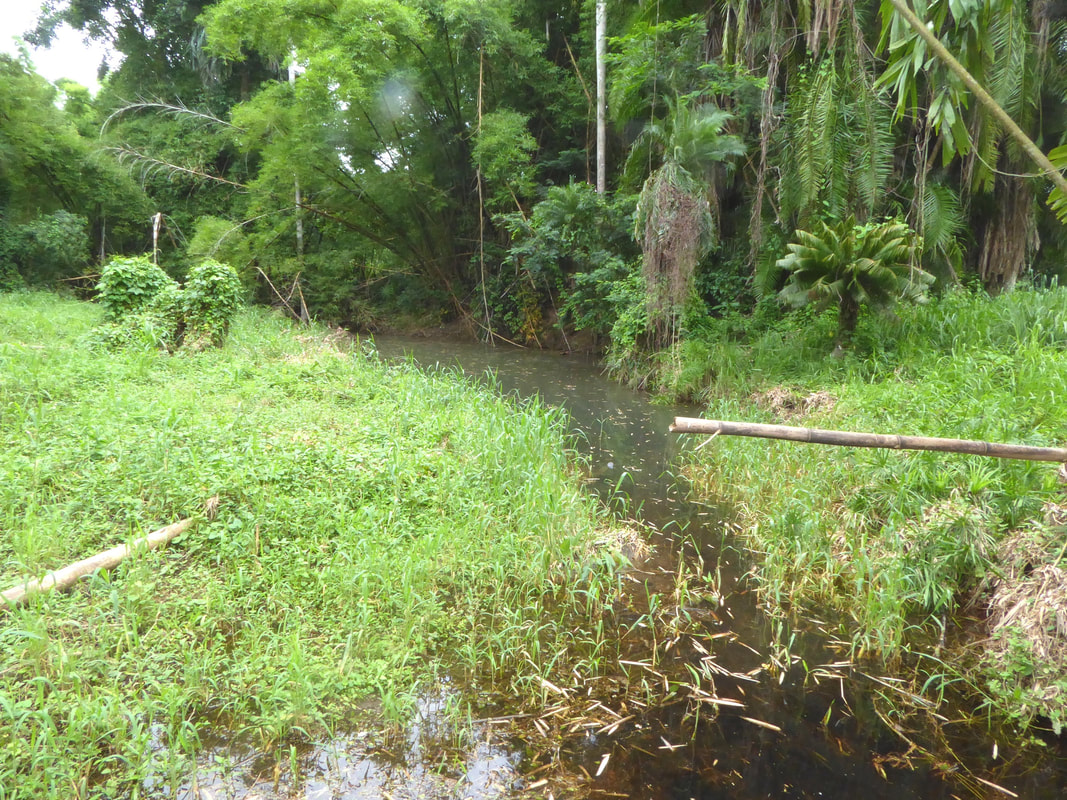
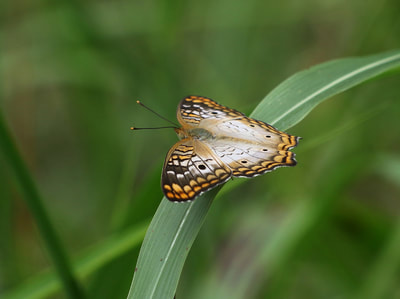
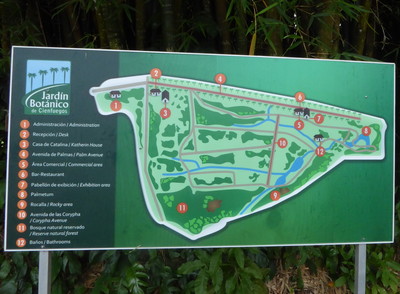
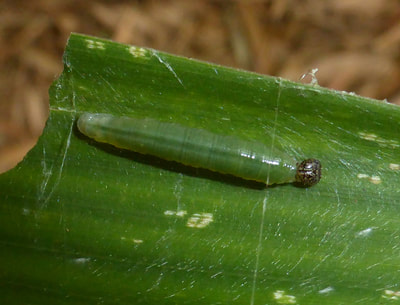
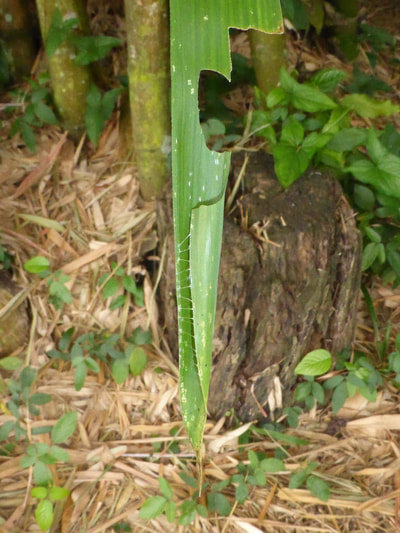
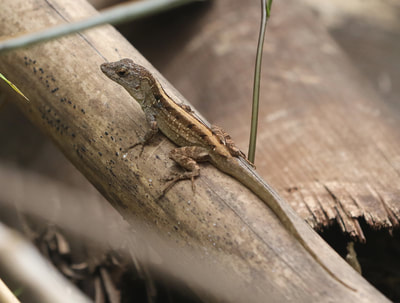
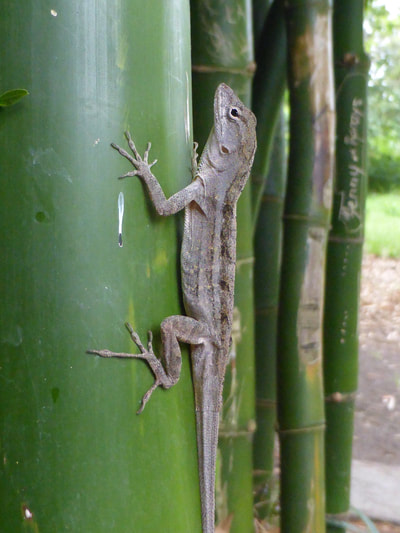
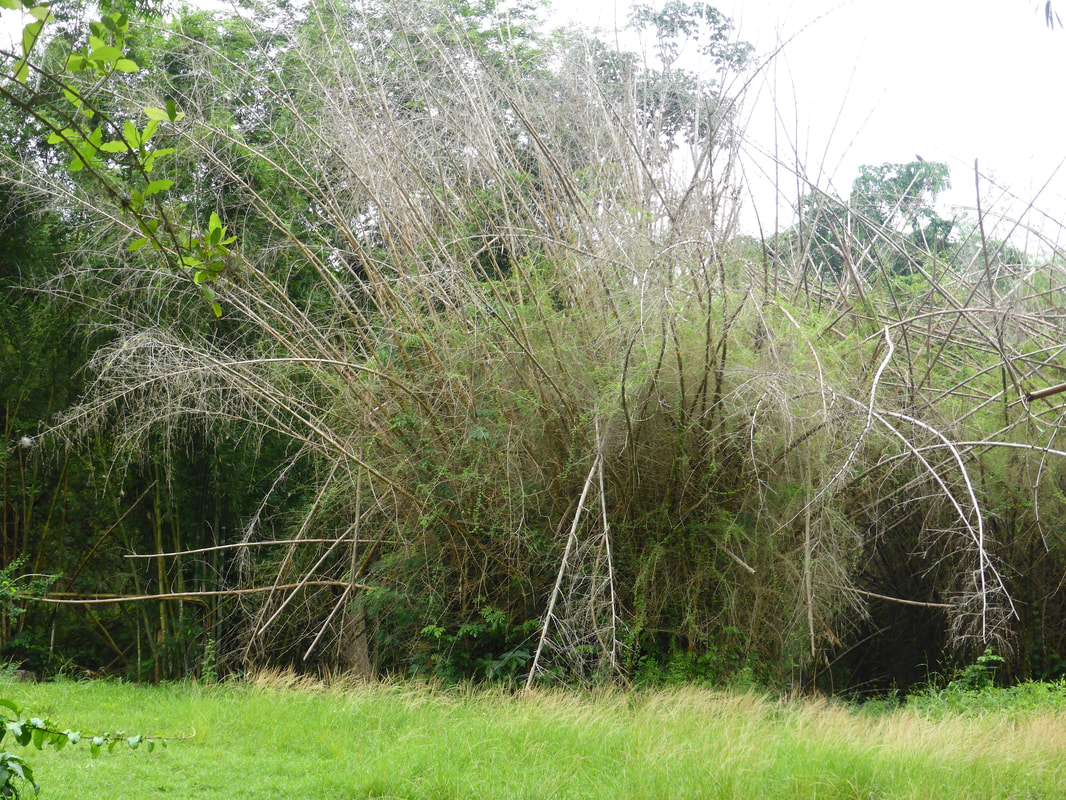
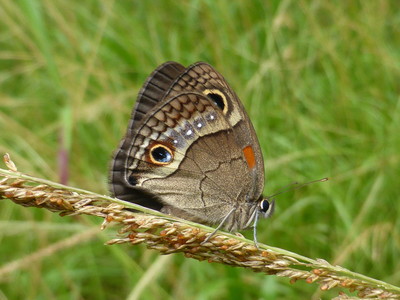
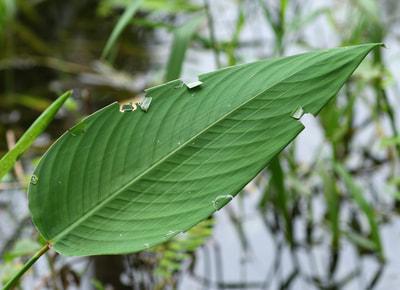
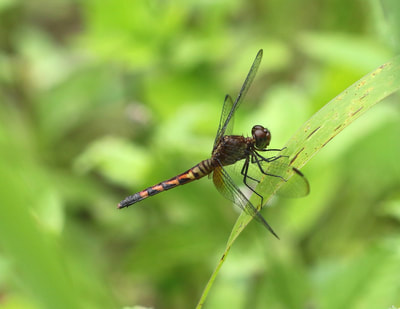
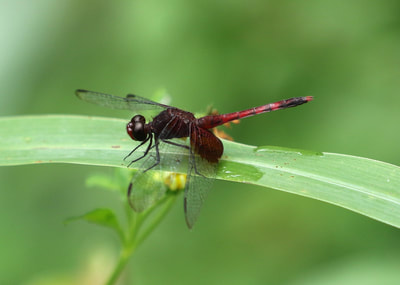
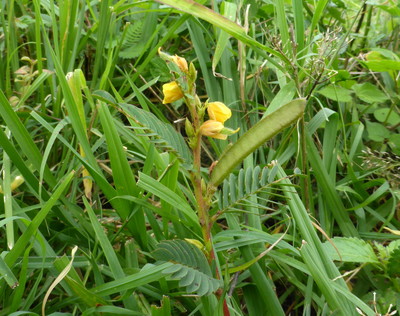
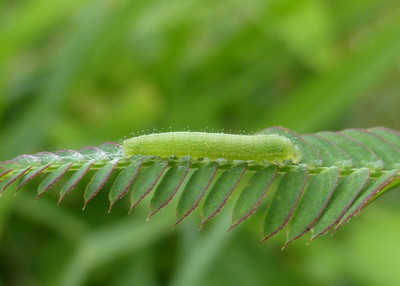
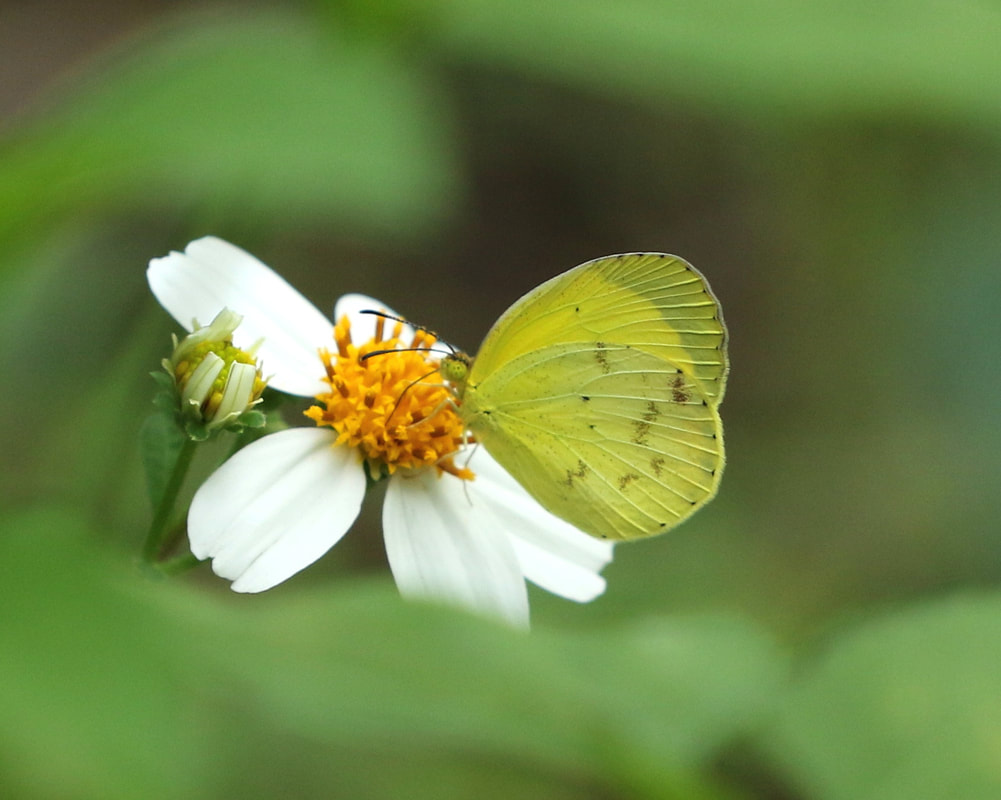
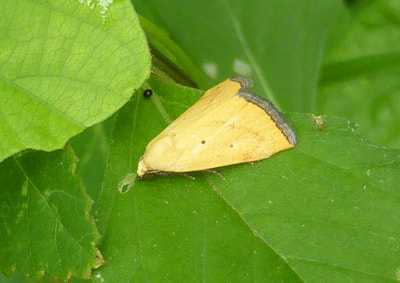
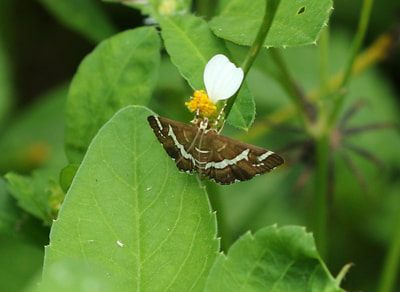
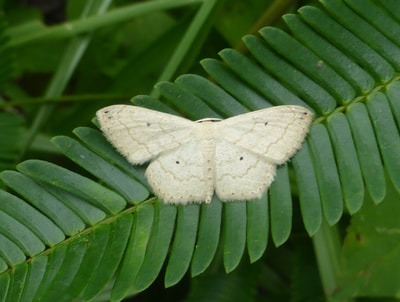
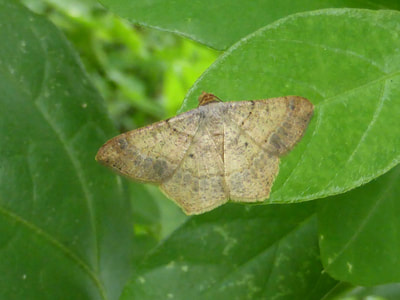
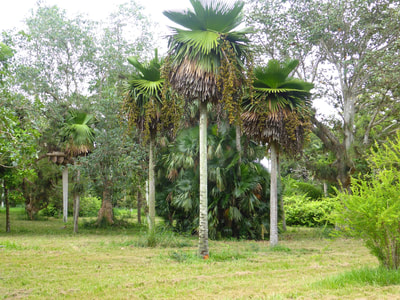
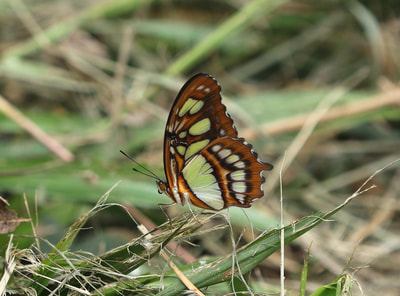
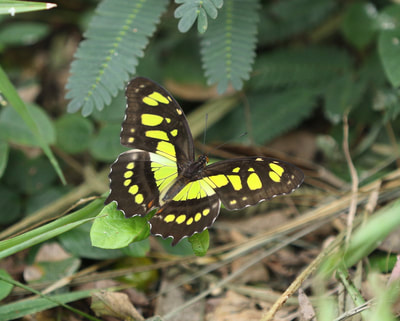
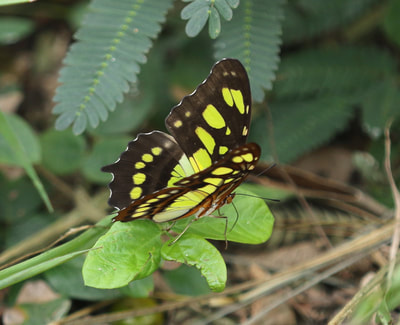
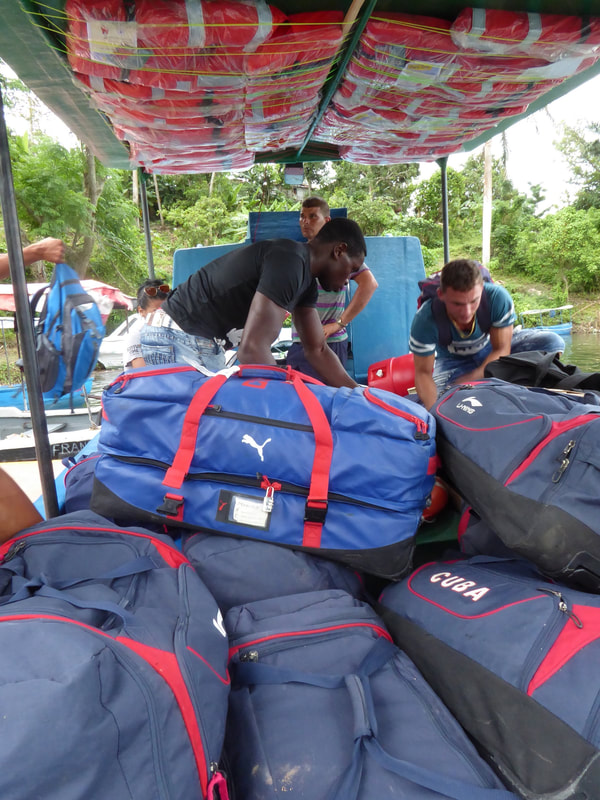
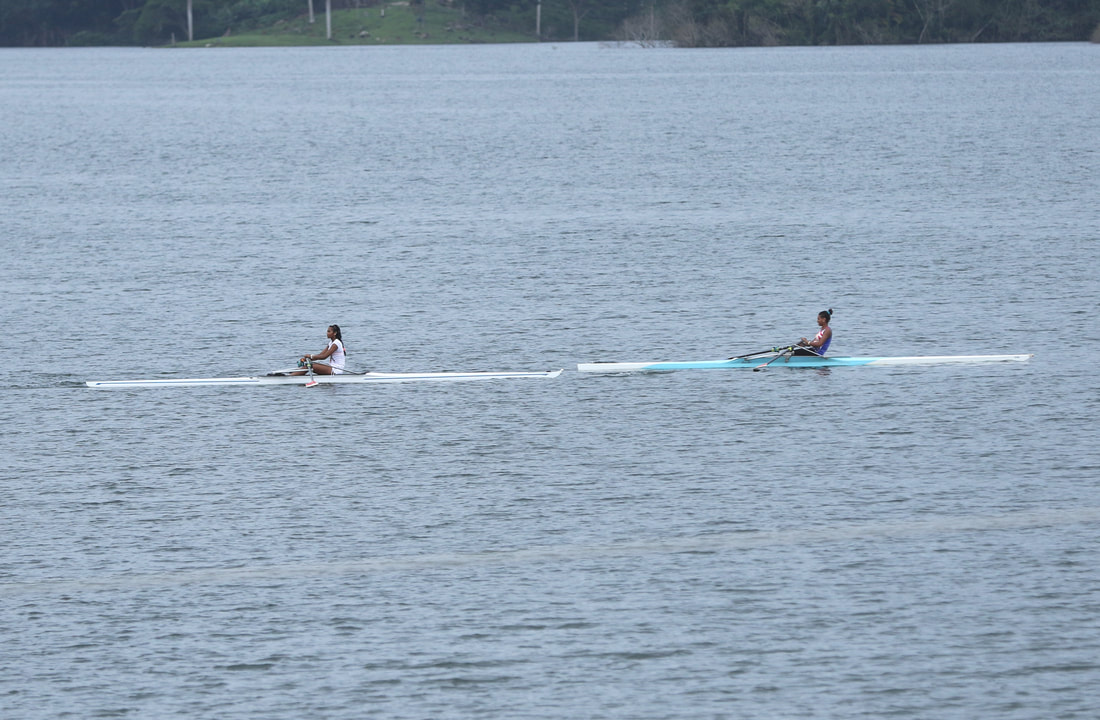
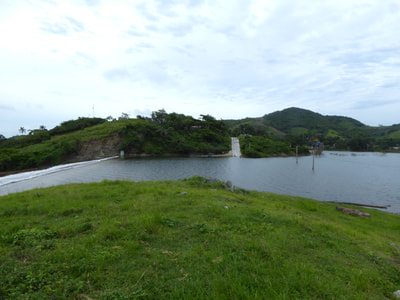
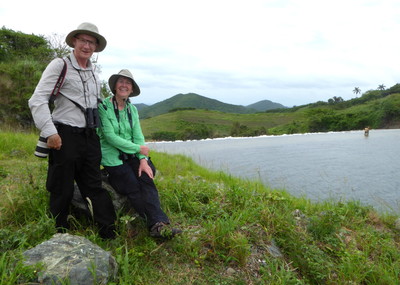
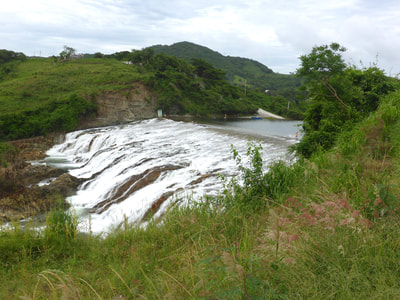
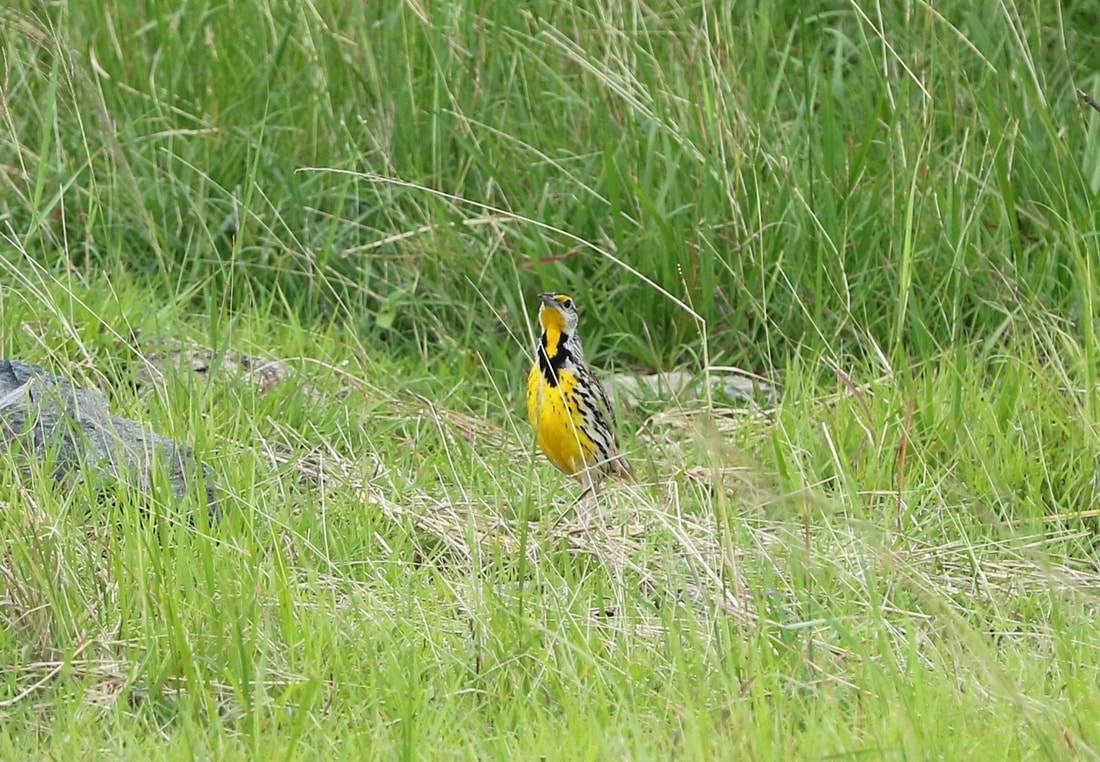
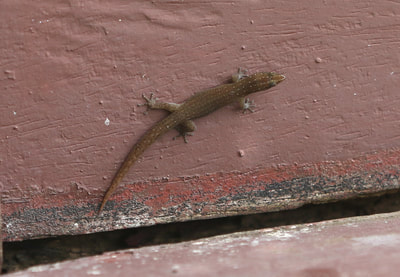
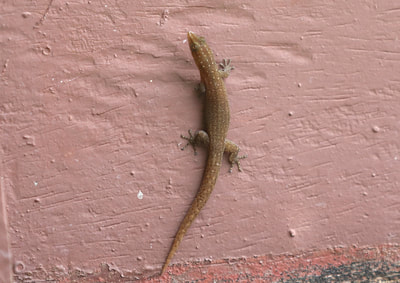
 RSS Feed
RSS Feed